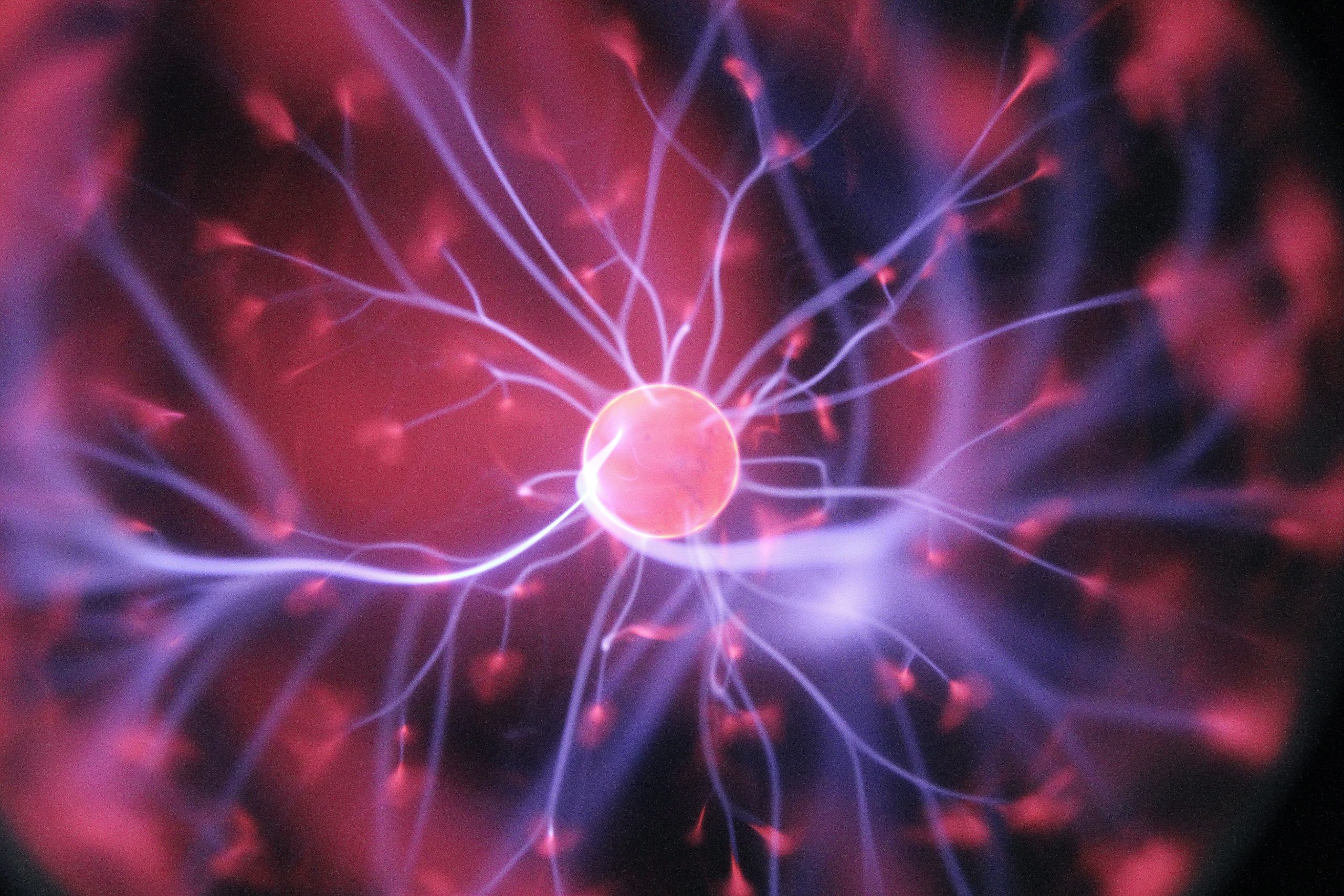Oxygen Plasma Etching
Today, plasma etching is considered one of the very important tools that allow working a wide range of technology.
Without it, the Smartphone, for example, would not even exist.
Plasma etching is a kind of technique that is very useful for generating features in almost every material.
The features can be as small as a few nanometers or as large as a few hundred microns; the technology can easily handle them all.
It is also the process of removing plastic, silicon, or other non-metallic materials off a surface using plasma generated by the excitation of ions in a gas, most often oxygen and CF4.
Without the use of chemical etchants, the excited ions collide with the material at the atomic level and remove it.
Oxygen plasma
Any plasma therapy in which oxygen is introduced to the plasma chamber is called oxygen plasma.
Before bonding, oxygen is frequently used to clean different surfaces. It may also be used to etch a variety of materials, including plastic and rubber, when it is mixed with other gases.
Non-metal materials such as glass, plastics, and Teflon are commonly cleaned with oxygen gas.
Oxygen, like other kinds of plasma, cleans organics and has the ability to modify surfaces.

Process of oxygen plasma etching
Photoresists are etching masks that are formed of biological material.
Plasma etching can be used to remove layers of materials to produce some small designs on a surface; however, to get the desired patterns, an etching mask is placed on the surface and used as a plasma stencil.
The plasma will not etch out the substance underneath the mask.
These masks must be removed after etching, a process known as oxygen plasma etching or plasma ashing.
The etching of silicon wafers with oxygen plasma is essential in manufacturing integrated circuits.
The process
Typically low-pressure plasma is used to perform the oxygen plasma etching procedure, which is very simple.
The addition of oxygen serves as a precursor gas piped into a vacuum chamber containing a wafer.
The chamber is then bombarded with high-powered radio waves.
The ionization of oxygen molecules occurs when radio waves are combined with the pressure in the vacuum chamber, resulting in plasma formation.
The photoresist is subsequently etched by the oxygen plasma, which turns it into ash.
The ash is subsequently removed with the use of a high-pressure vacuum pump to guarantee that the surface remains free of any foreign items.
This is one of the reasons why oxygen plasma etching is commonly referred to as “ashing.”
Plasma Ashing with Oxygen
The process of eliminating carbon from objects during the manufacturing process is known as plasma ashing.
In a high-frequency plasma system, plasma ashing is always done with oxygen plasma.
Its main purpose is to remove all types of organic materials, including volatile carbon oxides and water vapor.
The vacuum system pumps all of the pollutants out of the chamber.
Without enough inorganic pollutants on the sample, oxygen plasma easily removes all traces of organic materials and leaves no residues.
A plastic sample’s surface will be cleaned, and its wettability will be increased using O2 plasma.
When combined with Argon, oxygen plasma may also be used to clean metal surfaces.
Argon gas prevents oxidation by removing the oxygen molecule from the metal.
Why is it better?
In the production of high-performance electronics, plasma etching plays a crucial role.
It has been discovered that oxygen plasma etching can also significantly improve the quality of integrated circuit production.
Photoresist stripping, descum, organic contaminant removal, and producing surface functional groups (hydroxyl and carboxyl moieties) to increase adhesive adhesion and coating strength are all applications of oxygen plasma etching.
It is quite useful for turning the hydrophilic surface of PDMS, metals, polymers, plastics, and several composite materials into hydrophobic.
Oxygen plasma etching can potentially increase bonding strength by increasing the surface roughness of the polymer.
Wire bonding, die-attach, flip-chip underfill, and device encapsulation are just a few of the applications for oxygen plasma therapy.
By enhancing the surface wettability and bonding strength of silicon, glass, and PDMS, oxygen plasma treatment is a key step in manufacturing microfluidic devices.
The benefits of oxygen plasma etching
Some of the advantages of plasma etching are as follows:
- Unlike acid etchants, oxygen plasma etchants are the best cleanser and can remove any undesired organic residues from metal surfaces.
- O2 plasma is also used to clean a plastic sample’s surface and improve its wettability.
- When compared to usual etchants, oxygen plasma etching may stick two surfaces significantly better.
- Compared to typical acid etching, oxygen plasma etching is normally known to be safer.
- Using plasma cleaning increases the etched material’s physical qualities.